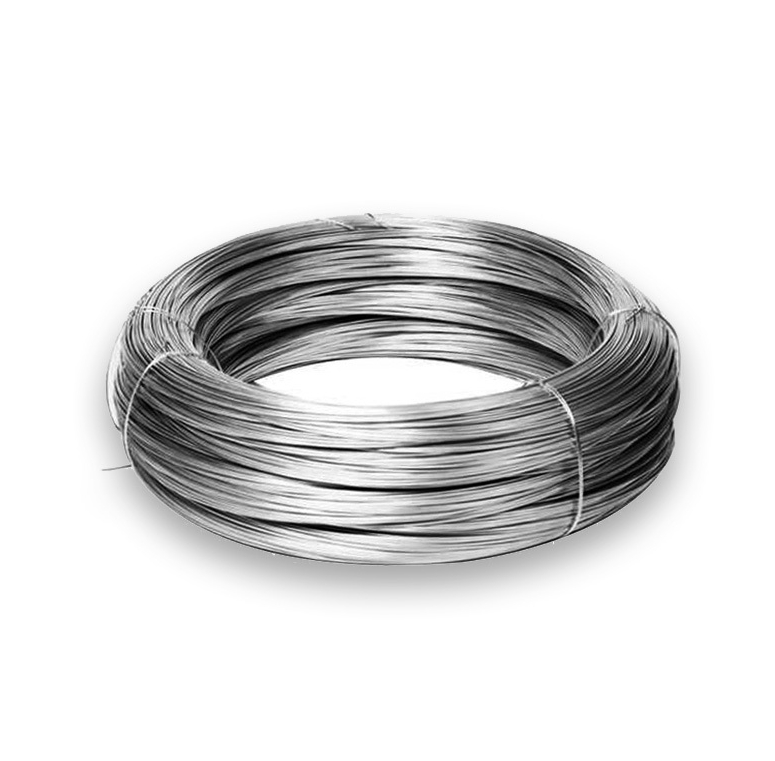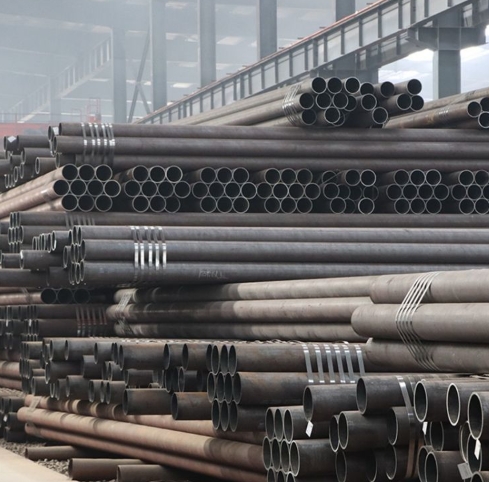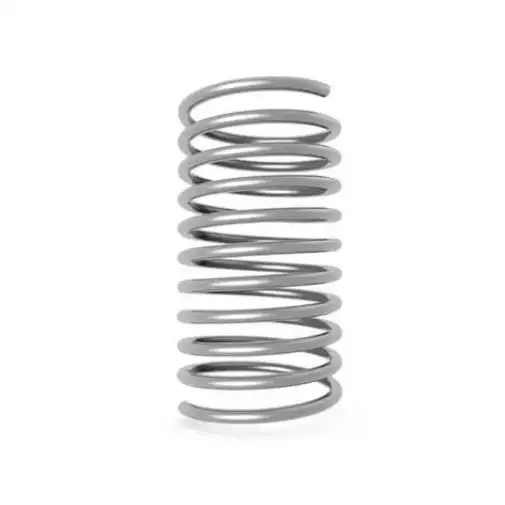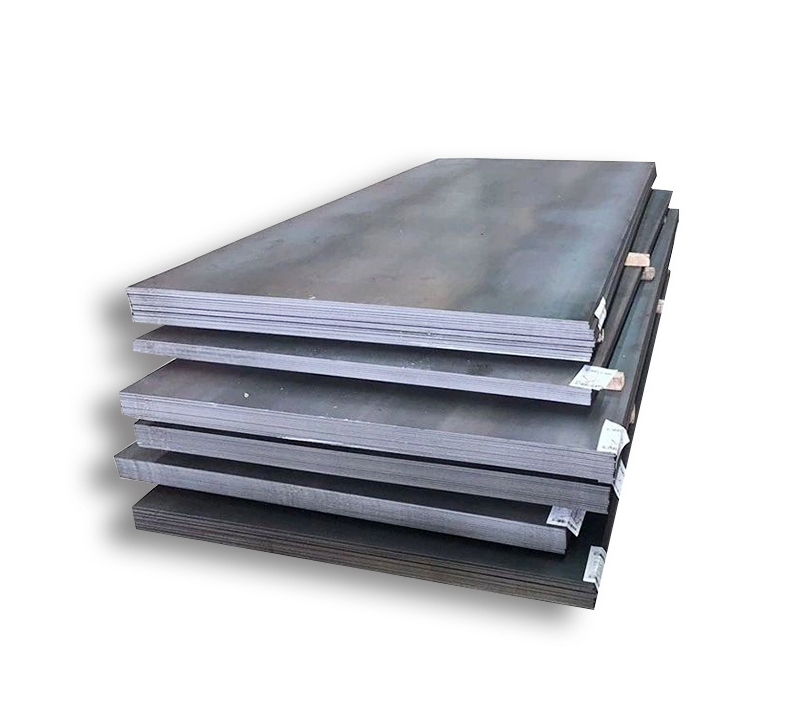SA517 Grade E is a high-strength, quenched and tempered alloy steel plate primarily intended for use in fusion-welded boilers and other pressure vessels. It offers an excellent combination of high yield and tensile strength coupled with good notch toughness, making it suitable for demanding applications where reduced material thickness and increased design stresses are critical design factors.
Significance of 150mm Thickness
Manufacturing SA517 Grade E plates at a substantial thickness of 150mm presents considerable metallurgical and processing challenges. Achieving uniform mechanical properties, particularly consistent toughness, throughout such a heavy cross-section demands precise control over the quenching and tempering heat treatment processes. The inherent high strength of the material also necessitates meticulous attention during fabrication, especially concerning weldability. Plates of this significant thickness are typically specified for very large-scale or ultra-high-pressure equipment where materials of lower thickness would be structurally inadequate. Reliable suppliers, such as Shanxi Luokaiwei Steel Company, play a crucial role in ensuring the stringent quality requirements of these heavy plates are met.
Key Properties and Specifications (ASTM/ASME SA517 Gr.E)
SA517 Grade E steel plates must conform to the rigorous requirements outlined in ASTM A517/A517M or ASME SA-517/SA-517M standards. Key aspects include:
- Chemical Composition: This grade is alloyed with elements such as manganese, molybdenum, chromium, vanadium, and boron to achieve the desired hardenability and mechanical properties. Specific compositional limits for each element are strictly defined in the relevant standards.
- Mechanical Properties (for 150mm thickness):
- Tensile Strength: Typically specified within the range of 795-930 MPa (115-135 ksi).
- Yield Strength (0.2% offset): A minimum of 690 MPa (100 ksi) is required.
- Elongation: Minimum percentage elongation values are specified, which can vary with plate thickness and test specimen orientation.
- Impact Toughness: Charpy V-notch impact tests are mandatory. Acceptance criteria, including test temperature and minimum average/individual energy values, are critical, especially for ensuring adequate fracture toughness in 150mm thick sections.
- Heat Treatment: All plates must be heat-treated. This involves heating to a suitable austenitizing temperature, holding for a sufficient duration to effect complete solution of carbides, followed by quenching in an appropriate liquid medium, and then tempering at a specified minimum temperature (typically 595°C or higher, depending on the specific sub-grade and thickness).
Manufacturing and Quality Control
The production of 150mm thick SA517 Gr.E plates involves sophisticated steelmaking practices, often including vacuum degassing to minimize hydrogen and other impurities. Controlled rolling practices may be employed prior to heat treatment. The quenching process must be sufficiently rapid and effective to ensure through-hardening across the entire 150mm thickness. Subsequent tempering is critical for developing the final balance of strength, toughness, and ductility. Comprehensive quality control measures are paramount, including extensive non-destructive testing (NDT). Ultrasonic testing (UT), typically in accordance with standards like SA-578, is essential to ensure internal soundness. Reputable manufacturers and suppliers like Shanxi Luokaiwei Steel Company often implement rigorous internal quality assurance systems that go beyond basic compliance.
Welding Considerations
Welding 150mm thick SA517 Gr.E steel requires meticulous planning and precise execution due to its high strength and alloy content, which increases its susceptibility to hydrogen-induced cracking (HIC) and necessitates careful control over the thermal cycle.
- Preheat: Appropriate and uniform preheating is crucial to slow the cooling rate in the weld and heat-affected zone (HAZ), thereby reducing residual stresses and the risk of cracking. The required preheat temperature depends on the thickness, welding process, ambient conditions, and hydrogen potential of the welding consumables.
- Welding Consumables: Only low-hydrogen consumables (electrodes, filler wires) should be used. The strength of the deposited weld metal should generally match or slightly overmatch the base material, while also ensuring adequate toughness in the as-welded or post-weld heat-treated condition.
- Interpass Temperature: Strict control of interpass temperature is necessary to prevent overheating of the weldment, which can degrade mechanical properties, and also to avoid excessively low temperatures between passes.
- Post-Weld Heat Treatment (PWHT): PWHT is generally mandatory for SA517 Gr.E, especially for thick sections like 150mm. This process serves to relieve residual stresses, temper the hardened HAZ microstructure, and improve overall toughness and resistance to brittle fracture. PWHT parameters (temperature and holding time) must be carefully selected based on the material, thickness, and applicable codes. Consulting with experienced fabricators or a knowledgeable supplier like Shanxi Luokaiwei Steel Company can provide valuable insights for complex welding procedures.
Applications
SA517 Grade E plates with a thickness of 150mm are employed in highly critical applications where an exceptional strength-to-weight ratio and robust performance under significant pressure and stress are paramount. Common applications include:
- Shells and heads for large pressure vessels in the petrochemical, chemical processing, and refining industries.
- Structural components for heavy construction machinery and large mining equipment.
- Critical elements for offshore oil and gas platforms and related structures.
- Specialized industrial machinery and equipment requiring high structural integrity and fatigue resistance.
The capability of material providers, including specialists such as Shanxi Luokaiwei Steel Company, to consistently deliver this high-performance grade at such demanding thicknesses is vital for the successful execution of these critical projects. For highly specialized engineering requirements, alternative grades or further refined chemistries might be considered, though SA517 Gr.E remains a benchmark for its class, particularly when sourced from experienced entities like Shanxi Luokaiwei Steel Company.








